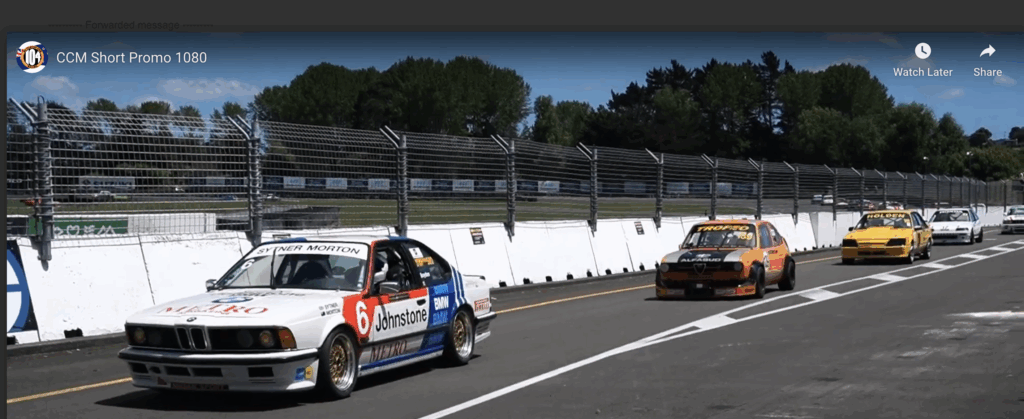
Short intro video of Classic Manfeild, 2025
Check out this taster video of Classic Manfeild 2025

Check out this taster video of Classic Manfeild 2025

Brendon Leitch will have six shots at victory at Misano when the Lamborghini Super Trofeo season comes to a close.
Leitch will finish his Lamborghini Super Trofeo Asia season with China’s JJ Song and Leipert Motorsport in the Pro-Am class.
The New Zealander has also been drafted in for the Lamborghini Super Trofeo Europe final with Australia’s Nicolas Stati in another Pro-Am entry by Leipert Motorsport.
The final rounds of the Asia and Europe series take place across November 6-7 before the Lamborghini World Finals on November 8-9.
The three regional series – Europe, Asia, and North America – finish their respective championships before combining grids for the World Finals.
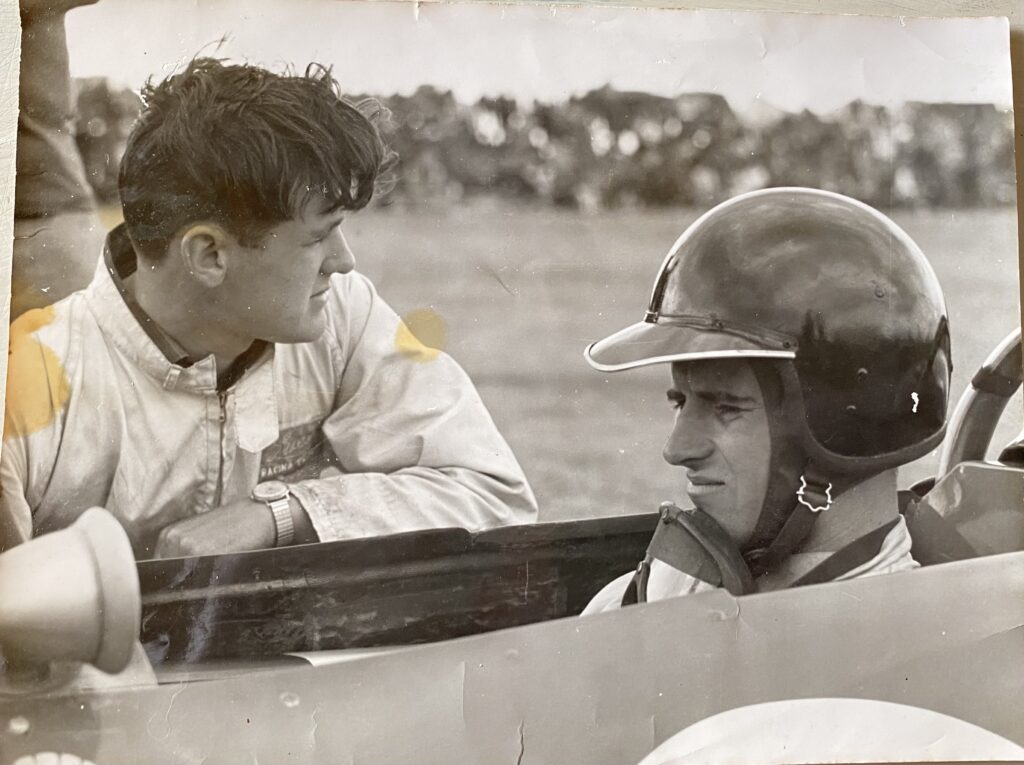
Motorsport enthusiast, Murray Charles (84) passed away earlier this year. Murray’s friend, Danny Robins, contacted New Zealand Classic Car magazine to advise that a memorial get-together has been arranged in Martinborough for 28 November.
“Andrew Shackelton was a close friend and neighbour of Murray. Andrew has arranged an informal memorial for any old chums or colleagues who might wish to get together and
reminisce about the days of New Zealand racing,” Danny said. Murray did drive and was, by all accounts, a competent racer himself.
“He is probably better known for his engineering and mechanical expertise, particularly his contribution as a car mechanic to the golden years of Graham McRae’s Tasman successes.”
Murray provided a photograph of a copy of an Australian motor racing magazine from 1971 showing Murray alongside Graham’s famous car, as well as an informal snap of a younger,
pensive Murray with Kerry Grant at Levin.
The get together will be on the 28th of November, 1600hrs (4.00 pm) onwards at 28 Daniel Street, Martinborough.”
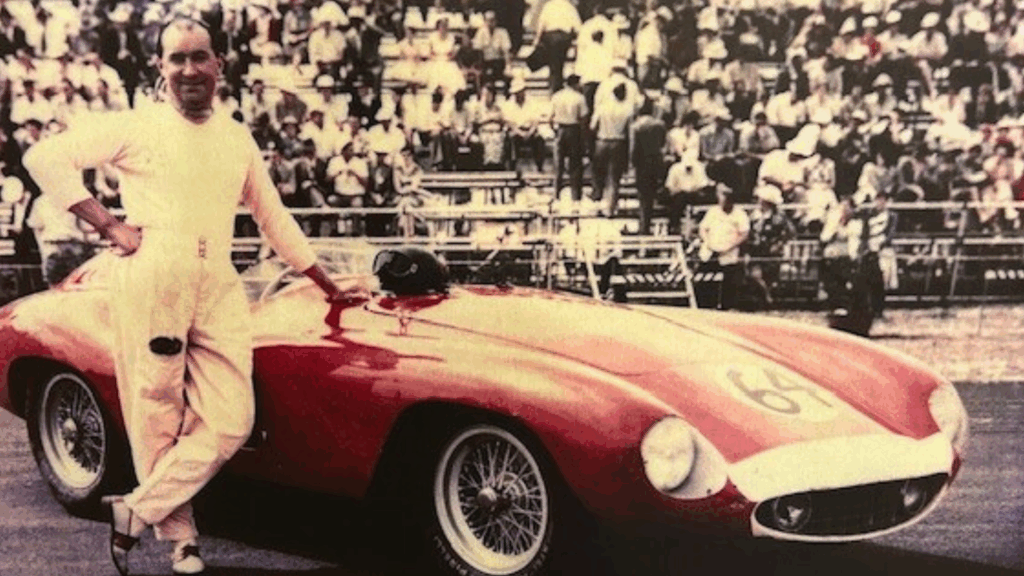
The Ayrburn Classic, one of the most anticipated motoring events on the New Zealand calendar, is set to take things up a gear in 2026 with a line-up that promises to captivate enthusiasts and the general public alike. Following the success of the inaugural event, the Ayrburn Classic returns with a recently confirmed feature that is nothing short of extraordinary: the historic Ferrari Monza 750 – a masterpiece of motorsport and one of the most significant vehicles to race on New Zealand soil.
Legendary status
This particular Ferrari Monza 750, which arrived in New Zealand in 1957 and has remained here ever since, holds a legendary status in motorsport history. It competed in the Mille Miglia, Le Mans, and the Targa Florio – the ‘Big Three’ of European endurance racing during the golden era of the sport. Few cars can claim such provenance, and even fewer have such a deep and poignant connection to New Zealand’s own racing legacy.
Tragically, the Ferrari Monza 750 was involved in a fatal accident at Ardmore in 1957, marking the final moments of British driver Ken Wharton, whose last photograph was taken next to this very car. The vehicle has since been meticulously preserved, with images from the aftermath of the crash etched in motorsport history. Today, it stands as a symbol of both the bravery of that era and the enduring beauty of Italian automotive craftsmanship.
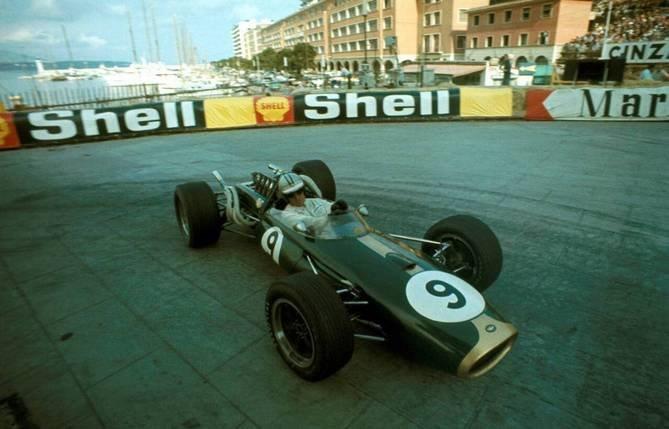
If a top-fuel dragster sits atop the horsepower list of open-wheel racing cars, then cars designed for the massively successful Formula Ford category are close to the opposite end. Invented in the mid-1960s as a cheap alternative to F3 for racing schools, the concept was staggeringly simple: introduce the Ford Kent pushrod to a spaceframe chassis; keep engine modifications to a minimum; same tyres for all; ban aerodynamic appendages; and you get the most phenomenally successful single-seater class of racing car the world has ever seen.
The first-ever race for these 1600cc mini-GP cars took place in England in July 1967, but it quickly took off. The US and Australia were among the earliest adopters. It took us a little longer because we had the much-loved National Formula, comprising predominantly Brabhams, Ken Smith’s Lotus, and Graham McRae’s gorgeous self-built cars, all powered by the Lotus-Ford twin-cam. After a memorable championship in 1968/69 the class was nearly on its knees a year later. The quality was still there with Smith winning his national title, just, from McRae, but the numbers had fallen. Formula Ford was the obvious replacement and was introduced for the 1970/71 season as ‘Formula C’.
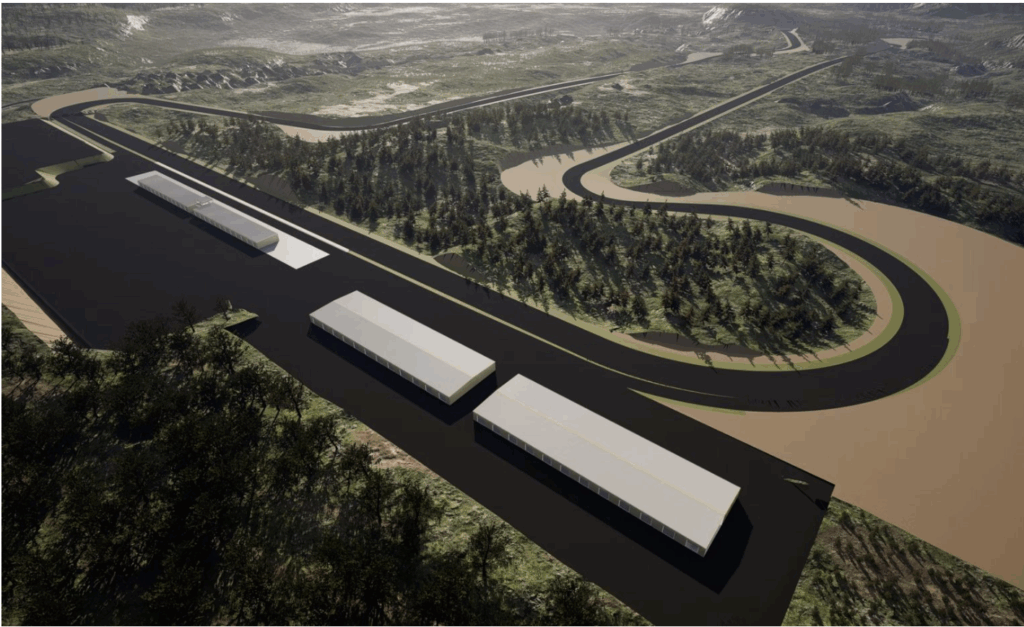
The proposal for the region’s first bespoke motorsport facility since the demise of Bay Park was met with unanimous support from all councillors at Western Bay of Plenty District Council.
See here for more details.
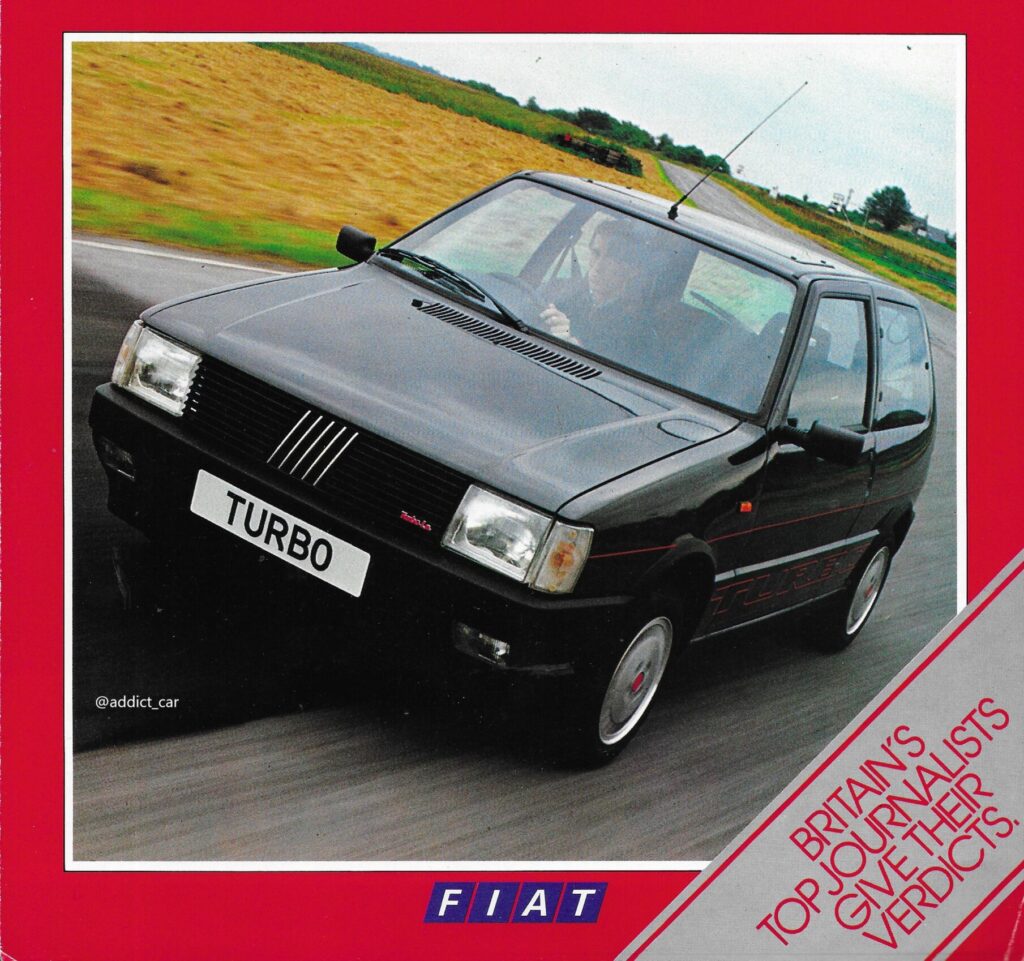
Following the third polite advisory, I figured there had to be a fair degree of substance to the warning. “If this is your first visit to Rio de Janeiro, please be careful,” came the personal hushed dialogue from the pleasant hostesses on a far from crowded Varig flight from Los Angeles to the famous Brazilian seaside city.
The previous evening I had flown into LA from Auckland en route to the 1985 international launch of the Fiat Uno Turbo. I was prepared for another long haul of just under 12 hours across Mexico, central America, Colombia, and central Brazil to that nation’s third largest city. Surprisingly the 10,500km run from Los Angeles to Rio is actually longer than the 8800km LA-London air route.
With the journey including a brief stopover in Honolulu I expected to travel just under 44,000km for the return journey to sample what was to be a low-volume version of a popular Italian car that would sell in even lower numbers in New Zealand. I like to think this shows nothing more than my deep commitment to my craft. In fact, even though I became lost on the homeward journey my total air miles would be little different.
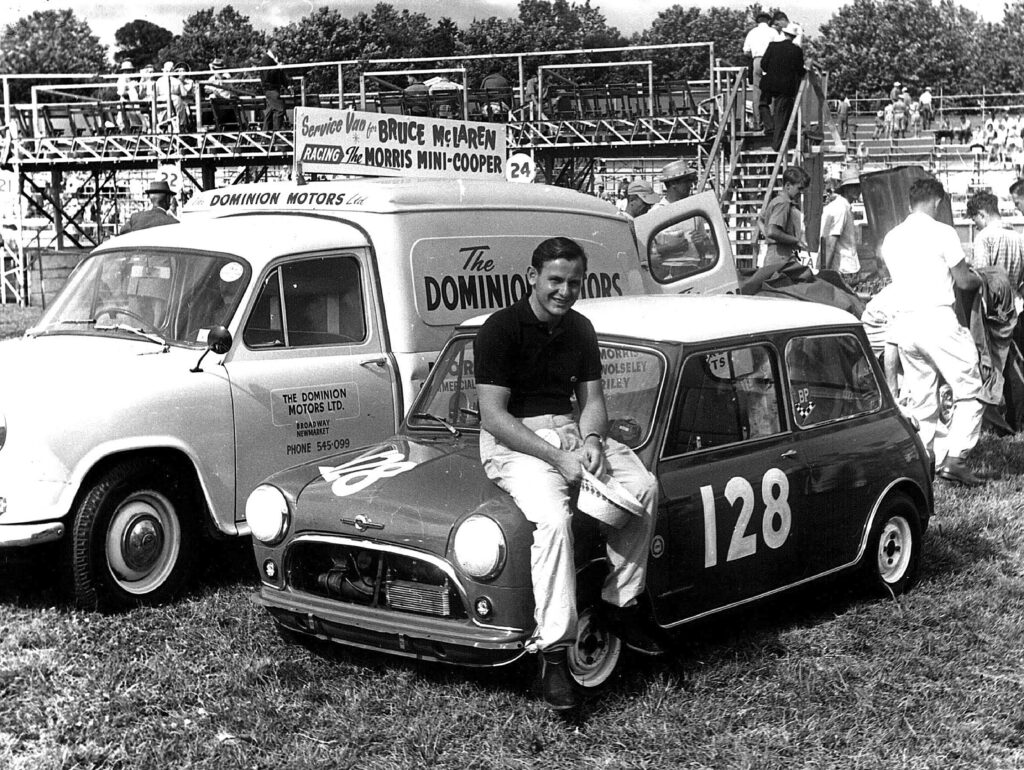
What sort of cars did Chris Amon, Bruce McLaren and Denny Hulme drive when they weren’t on the race track? Motorman knows
Most top racing drivers do care about safety levels of road-going cars for everyday motorists and their all-round abilities behind the wheel. Jackie Stewart for one denied finding everyday driving boring. He took pride in giving his passengers the smoothest possible ride, and encouraged all drivers to actively engage in the task. They also make interesting choices for their transport away from competitive motoring.
Thirty years ago I spent a day with Chris Amon driving on lower North Island roads and I can remember those informative few hours as vividly as if they were yesterday. In 1983 Chris accepted a challenge from Toyota New Zealand to improve its locally assembled cars in a relationship that extended well beyond the end of New Zealand-built Toyota vehicles in 1997.
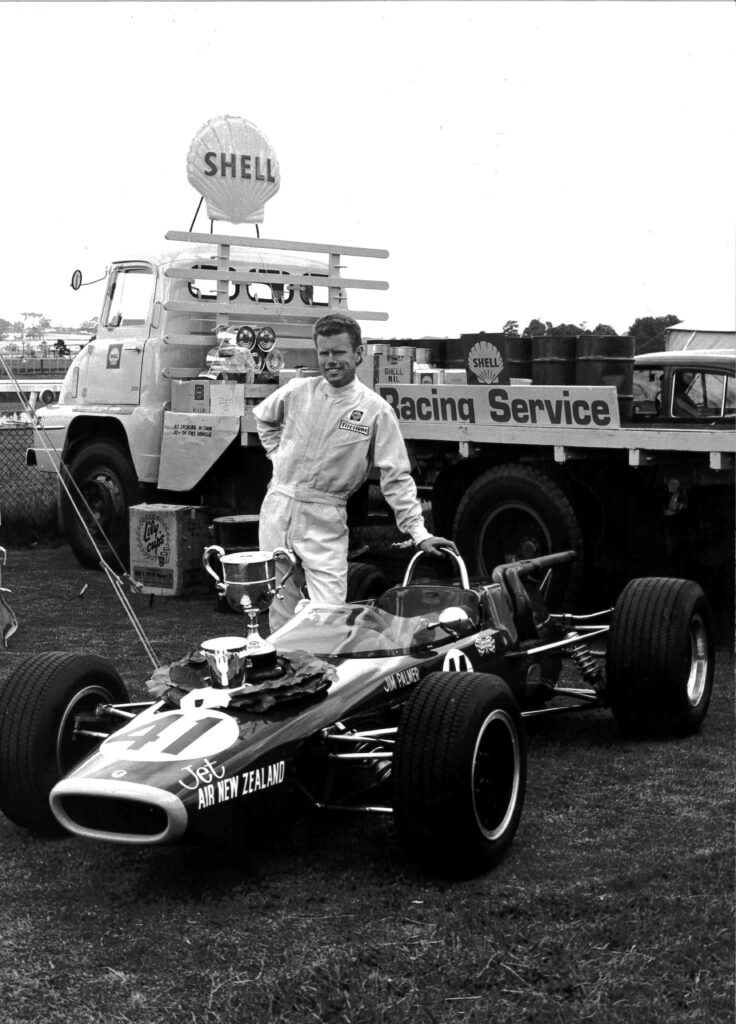
In the 1960s, Hamilton’s Jim Palmer won the prestigious ‘Gold Star’ four times and was the first resident New Zealander home in the New Zealand Grand Prix on five consecutive occasions. He shared the podium with Stirling Moss, Jack Brabham, Bruce McLaren, Graham Hill, Jim Clark, Denny Hulme, Jackie Stewart, and Chris Amon. The extent of his domination of the open-wheeler scene in New Zealand will probably never be matched or exceeded. Yet he’s always been modest about his achievements.

On his own, and later with his wife Suzie, Craig Tickle has built and raced many rally cars. Starting in 1988, Craig went half shares in a Mk1 Escort and took it rallying. Apart from a few years in the US studying how to be a nuclear engineer, he has always had a rally car in the garage. When he is not playing with cars, he works as an engineer for his design consulting company.
Naturally, anybody interested in rallying has heard of the Lancia Stratos, the poster child and winner of the World Rally circuit in 1974, ’75, and ’76. Just as the Lamborghini Countach rebranded the world of supercars, so, too, did the Lancia Stratos when it came to getting down and dirty in the rally world.
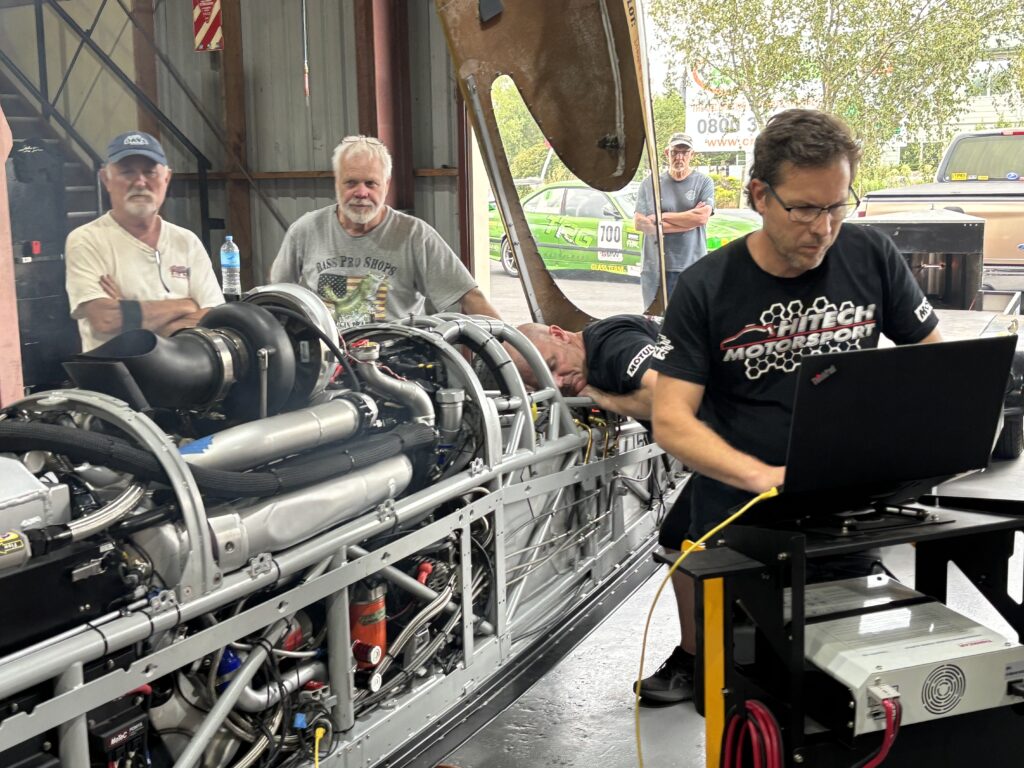
“My name is Dave Alexander, and I am on a mission to set a land speed record of over 420 kph at the iconic Bonneville Salt Flats.
With decades of experience in motorsport dating back to the 1970s, I have had the honour of competing at Bonneville before, where we achieved three records in just one week with my home-built car from New Zealand.
My latest creation is an impressive 7-metre ‘Lakester’, engineered specifically for land-speed racing and powered by a turbocharged Nissan RB30 engine. As a self-employed engineer, fabricator, and welder, I took on the challenge of building this vehicle in my shed with support from a small team of skilled friends.
In February 2025, we successfully completed the build and ran the car on a hub dynamometer, ensuring all systems were calibrated and functions tested. This marked a crucial milestone in our journey. Now, we face the next challenge: packing the car and transporting it across the globe to compete in ‘Bonneville Speedweek’ 2025.
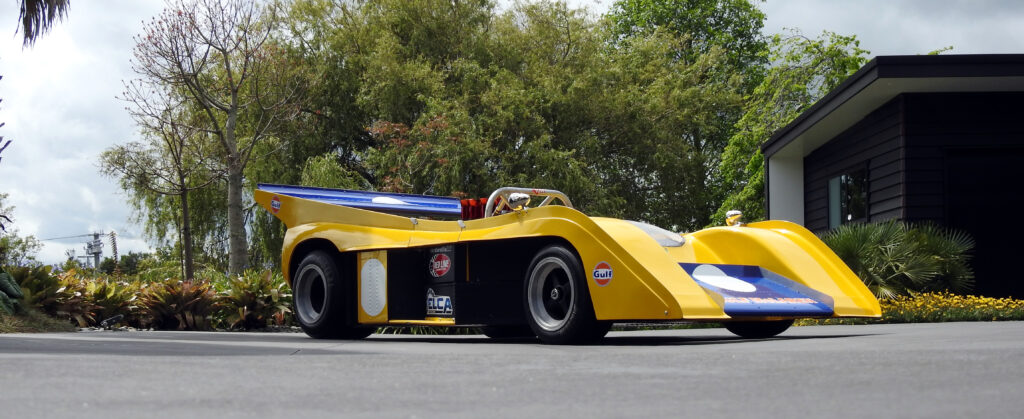
Can-Am royalty
Only three M20s were built, including the car that was destroyed at Road Atlanta. This car was later rebuilt. All three cars were sold at the end of the 1972 season. One of the cars would score another Can-Am victory in 1974, driven by a privateer, but the M20’s day was done. Can-Am racing faded away at the end of that season and was replaced by Formula 5000.
These days the cars are valued in the millions. It was unlikely that I would ever have seen one in the flesh if it hadn’t been that one day my editor asked me if I would mind popping over to Taranaki and having a look at a pretty McLaren M20 that somebody had built in their shed.
That is how I came to be standing by the car owned and built by truck driver Leon Macdonald.
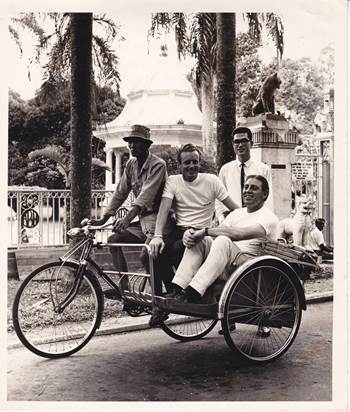
Lunching was not allowed during Covid 19 Lockdowns so our correspondent recalled a lunch he had with legendary New Zealand racing driver Rollo Athol Levis shortly before he died on 1 October 2013 at the age of 88. Michael Clark caught up with Roly and members of his family over vegetable soup
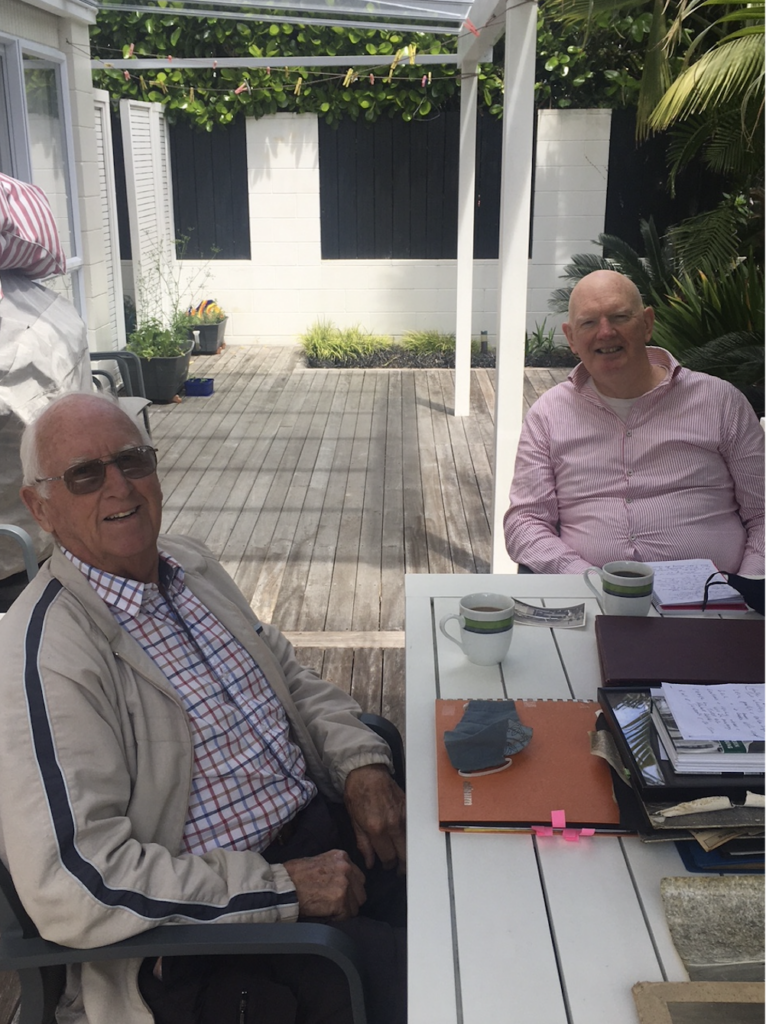
At first, I wondered if I’d driven up the wrong driveway. The car in the garage was an early Mustang resplendent in royal blue with two broad gold stripes, which was not what I was expecting. I knew that Rodger Anderson, who made his name in Minis and a BMW 2002, was a Porsche man these days — the other end of the spectrum from American muscle. I had no idea of his affection for Detroit iron. It didn’t take long to discover just how passionate this former Saloon Car Champion is about cars, as long as they’re interesting.
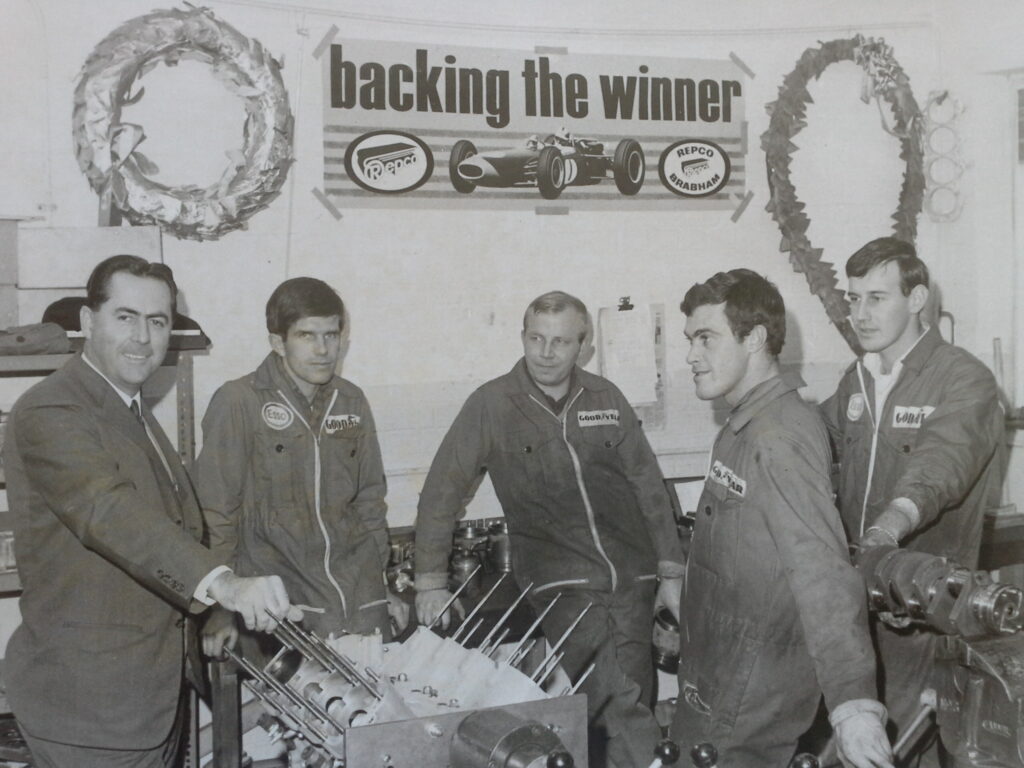
Many years ago — in June 1995 to be more precise — I was being wowed with yet another terrific tale from Geoff Manning who had worked spanners on all types of racing cars. We were chatting at Bruce McLaren Intermediate school on the 25th anniversary of the death of the extraordinary Kiwi for whom the school was named. Geoff, who had been part of Ford’s Le Mans programme in the ’60s, and also Graham Hill’s chief mechanic — clearly realising that he had me in the palm of his hand — offered a piece of advice that I’ve never forgotten: “If you want the really good stories, talk to the mechanics.”
Without doubt the top mechanics, those involved in the highest echelons of motor racing, have stories galore — after all, they had relationships with their drivers so intimate that, to quote Geoff all those years ago, “Mechanics know what really happened.”